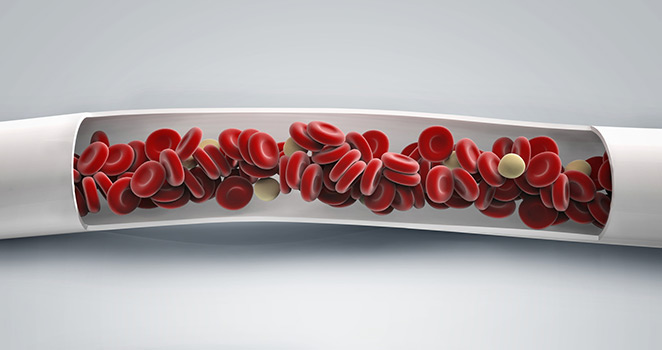Vascular Access

A vascular access is a procedure that involves a catheter being inserted into a blood vessel. The thin plastic tube is typically inserted into a vein in the legs, arms, or neck, and the end of the tube is usually placed into a large vein very close to the heart. Vascular access can be used for short-term and long-term use from a period of days to years.
Reasons for Procedure
The most common reasons for vascular access procedures are as follows:
- Antibiotics require intravenous administration
- The regular drawing of blood samples
- Medication administration when the patient is unable to swallow
- Long-term nutritional aid
- Hemodialysis treatment
The vascular process procedure may also be used to patients who cannot receive an IV line for various reasons as well as for blood transfusions.
The Procedure
- While the patient lying on their back, the area where the catheter is to be placed is cleaned and covered with a surgical drape.
- Depending on the placement, an intravenous line may be inserted into a vein in the arm or hand for sedative medication.
- The incision site is then numbed with a local anesthetic before a small incision is made.
Procedure steps begin to vary depending on what type of catheter is inserted.
PICC
A guide wire is inserted into the superior vena cava to ensure proper placement of the catheter. An X-ray is used to verify catheter position.
Non-tunneled Central Catheter
In this procedure, catheters are inserted into a much larger vein than in other procedures such as the jugular or femoral vein.
Tunneled Catheter
Two incisions are made in the neck in this procedure. A catheter is placed in the superior vena cava (the large central vein), along with a tunnel and cuff placed under the skin. Stitches are used to keep the catheter in place.
Port-catheter
A port reservoir is placed after the first incision, and a second incision is used to place the port. This procedure leaves a raised area on the body near the reservoir.
Recovery
The patient's surgeon will instruct the individual on how to care for both the incisions and vascular access device. Sponge bathing may be recommended as well as applying an antibiotic ointment or peroxide. At times, a patient may be instructed to flush the catheter with a heparin solution to prevent blood clot blockage.
A doctor should be contacted in the case of the following symptoms after a vascular access procedure:
- Fever
- Malfunctioning device
- Redness, swelling or discharge at the catheter insertion site
- Bleeding at the insertion site
Pros and Cons of a Vascular Access Device
Pros
- Avoidance of the risks involved with IV insertion such as tissue damage and discomfort
- Reduces the amount of vein entry for repeated sampling and medication
- Protects vein walls
- At times, it is the only way to access the circulatory system for hemodialysis treatments
Cons
- Blood vessel damage risk
- Infection risk
- Temporary heart rhythm disturbance
- Hemorrhage risk
- Catheter malfunction